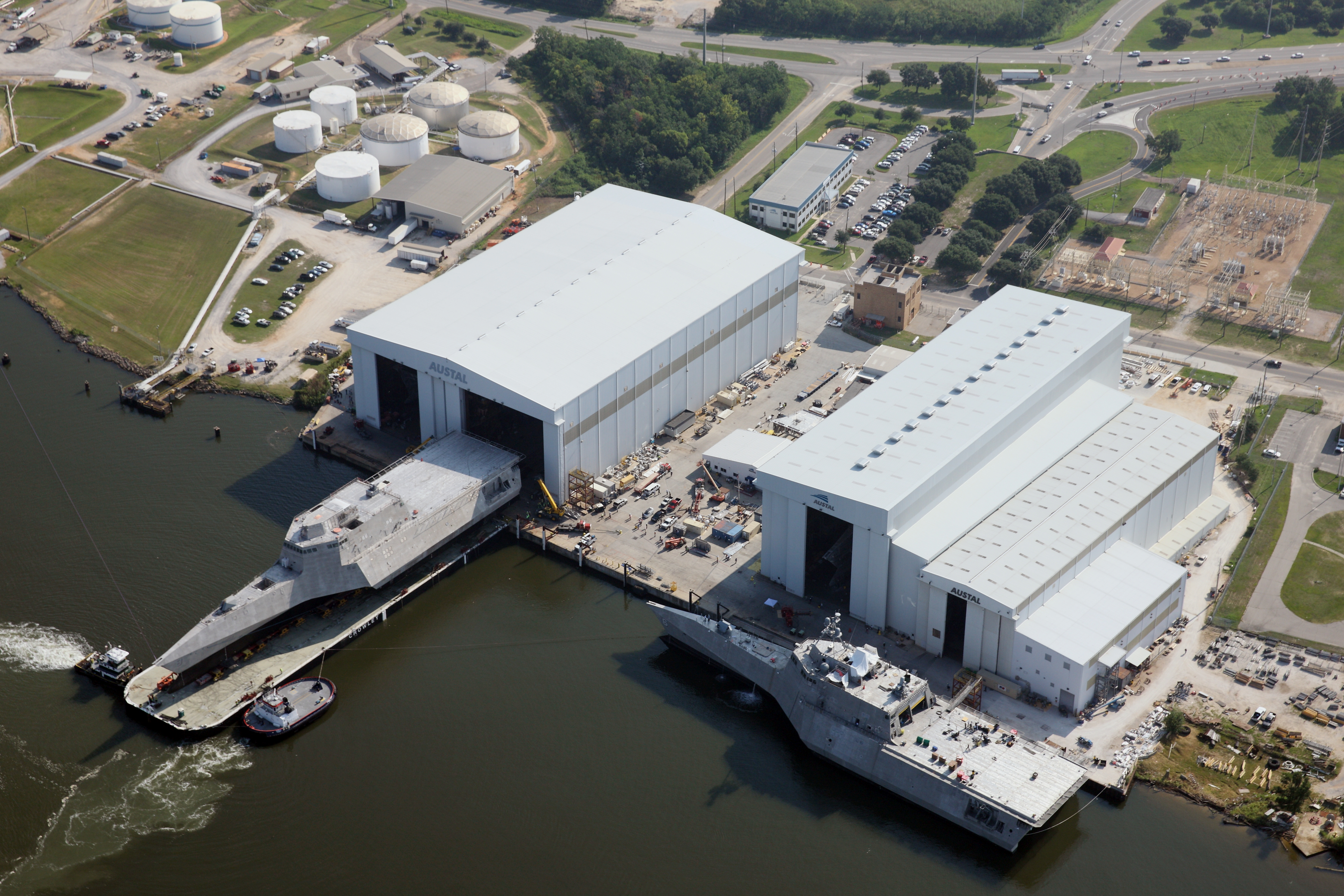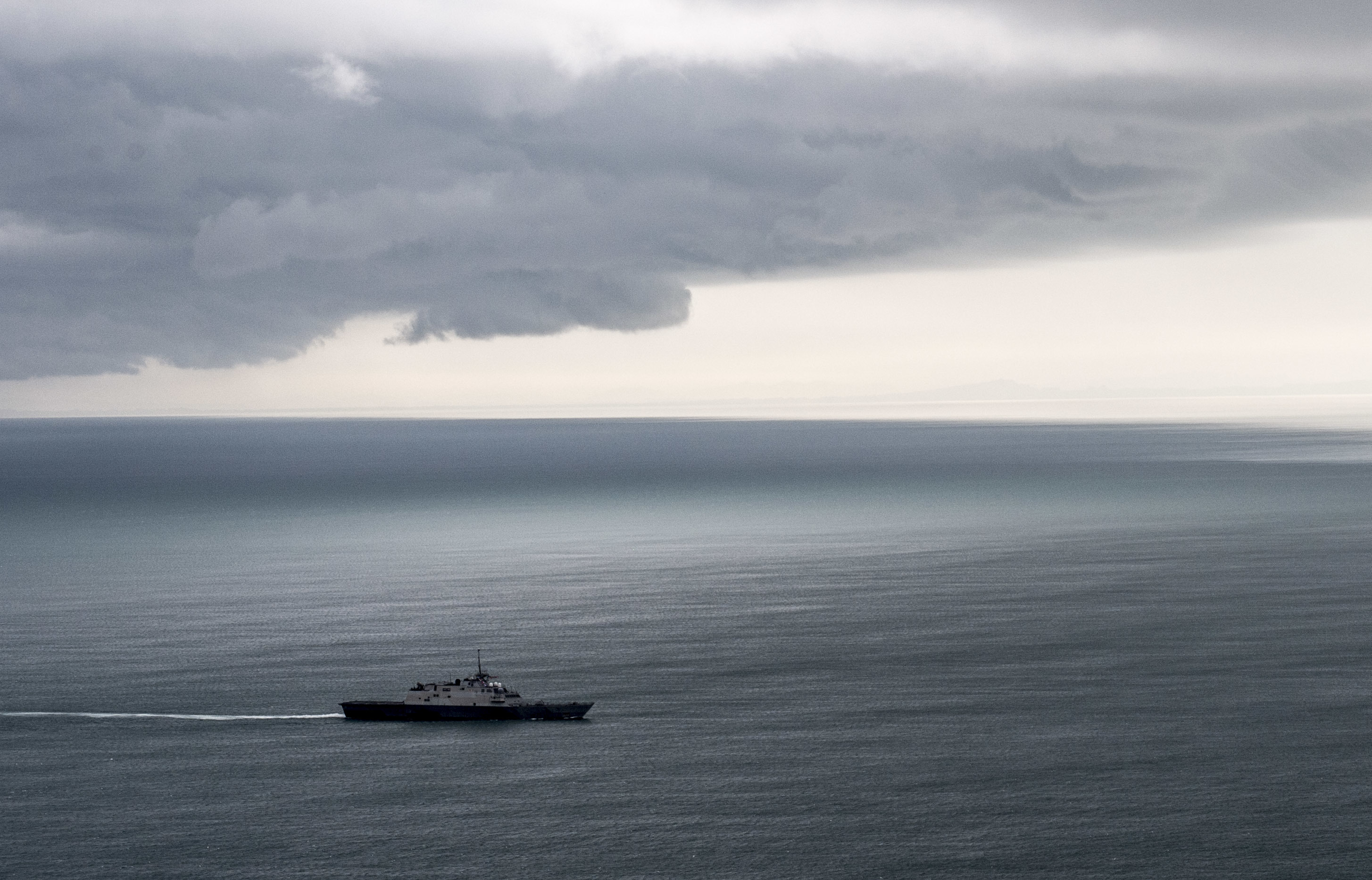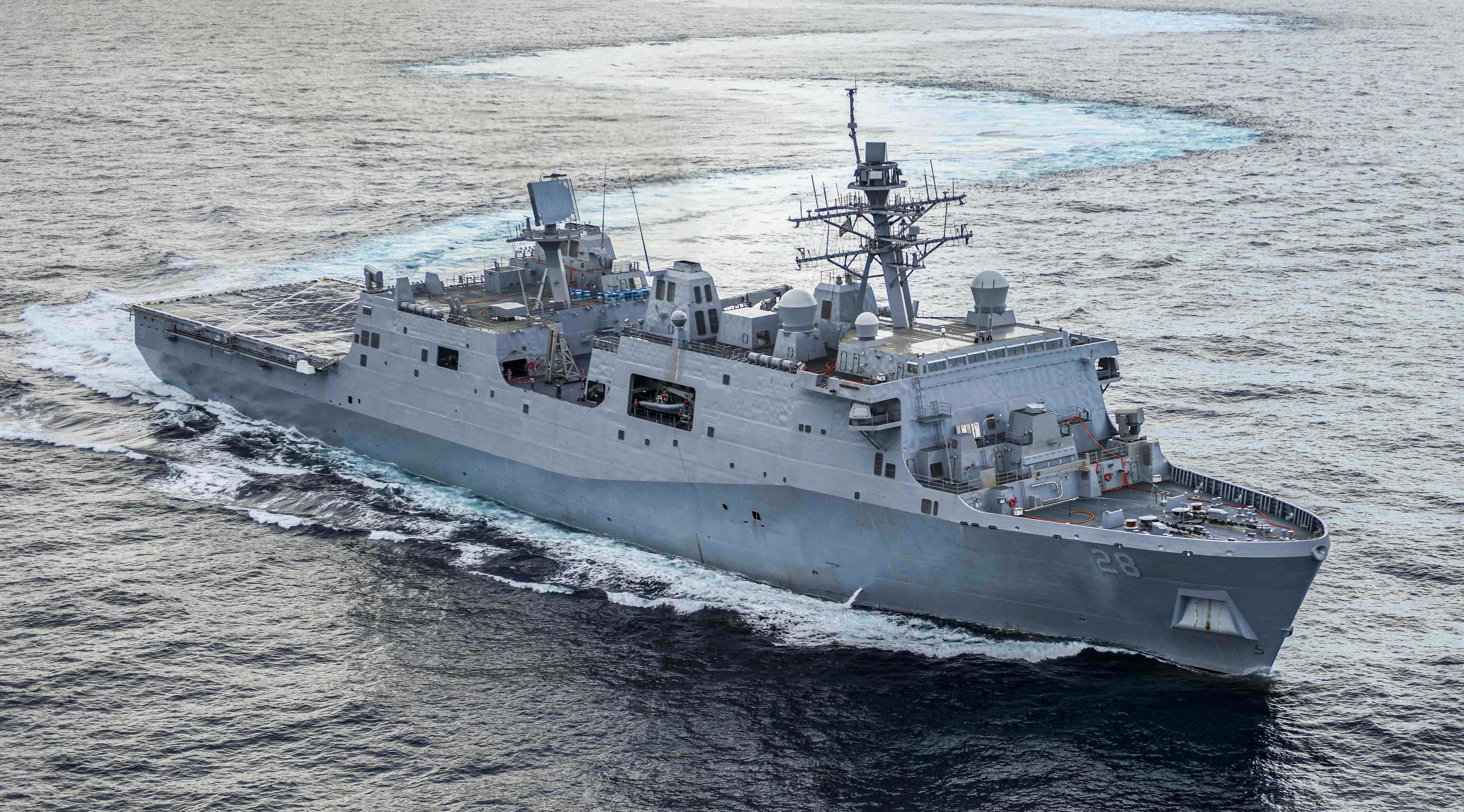
WASHINGTON, D.C. — The future of the Littoral Combat Ship/frigate program is still far from decided with the split between factions spilling into a Tuesday Senate hearing.
It has been clear for months that the Navy and Defense Department do not see eye-to-eye on the issue of how many small surface combatants to buy and from how many shipyards. What began as a whispered-about schism turned public earlier this month, with Navy Secretary Ray Mabus telling a congressional subcommittee that decisions about the program’s future “will be made by the next administration and by Congress,” not by Defense Secretary Ash Carter.
On Tuesday, it became clear that difference of opinion exists in Congress, too.
At a Senate Armed Services Committee hearing on March 15, chairman Sen. John McCain (R-Ariz.) – a vocal critic of the LCS program – praised the decision to curtail production of what he called an expensive and unproven platform. Sen. Jeff Sessions (R-Ala.), in whose home state half of the LCSs are built, warned the discussion wasn’t over.
During his opening statement, McCain railed against the program.
“Initial cost-overruns more than doubled the cost of each Littoral Combat Ship, and development costs now exceed $3 billion and counting,” he said.
“Meanwhile, key warfighting capabilities of the LCS, including mine countermeasures and anti-submarine warfare, have fallen years behind schedule and remain unproven. Because of the long running cost, schedule, and performance issues with this program, I support the (Defense) Department’s proposal to down-select to one variant no later than 2019 and reduce the inventory objective to 40 ships. I am encouraged to see the Navy has begun the process of identifying the LCS replacement, and I hope we can transition to a more capable small surface combatant expeditiously.”
The Navy had previously planned to buy 52 small surface combatants – LCSs and follow-on frigates – and continue building ships at both Marinette Marine in Wisconsin and Austal USA in Alabama throughout the remainder of the program. Carter’s December 2015 memo called for downselecting to just one shipyard and stopping the program at 40 – a move the Navy has said will almost certainly force one yard out of business.
Sessions picked McCain’s comments apart during his time to question both Mabus and Chief of Naval Operations Adm. John Richardson.
First asking about the cost of the ships as the program has matured, Mabus replied that the cost per hull today is “a good bit below” congressional cost caps. The first ship from each yard saw cost overruns, but as the shipyards have improved their facilities and processes and the Navy has moved into serial production, costs have plummeted.
“The first concern, and rightfully so, is on cost. The price of ships coming off the line today is 50 percent of the first ones that came off the line,” Mabus said.
Sessions then questioned if that trend would continue under Carter’s plan to downselect and stop at 40.
“It seems to me, having seen that shipyard line, the ships being produced, it’s moving out at a fine pace,” Sessions said.
“The bugs are getting out, they’re virtually all gone, it’s coming through an assembly line almost like an automobile. And I fear that we’re going to end up raising the cost per copy if we reduce the number of ships, and we end up like we did with the B-2 and a lot of other programs – Congress says we’re going to do this, the Navy sets out to achieve the goal, and then we alter the plan.”

Mabus confirmed that fear, replying that “I think it’s almost a certainty that if you reduce the numbers the cost per copy will go up.”
Sessions then asked about the mission module testing – the surface warfare package has deployed twice, but the mine countermeasures package is currently being reworked after the Remote Multimission Vehicle (RMMV) at the heart of the first increment proved unreliable in testing last year. The anti-submarine warfare package is furthest behind, and though it’s test schedule has slipped over time, officials familiar with the sonar system have called the capability a tremendous improvement over anything else in the fleet today.
Richardson assured that “we can fix this” in regards to the ASW test schedule. “We’re behind on the testing, it’s not where I want it to be,” he said, but “this is nothing that can’t be overcome.”
Sessions ended his back-and-forth by noting the place of small surface combatants in the Navy’s plans to reach 308 ships by 2021.
“I hope we can get to the 308-ship Navy, but I don’t know how we get there if we lose another 12 ships,” the senator said.
“And if you replace it with a ship that costs two or three times as much, that’s going to be difficult. And it also is lean in terms of fuel use and low crew – 40, 60 crew to operate this ship compared to 200 or so for the next destroyer-type ship. So I’m concerned about this and I hope we can continue to discuss it as time goes by.”
It is unclear how this disagreement will play out in Congress. McCain, as the chairman of the committee, certainly wields a lot of influence. But the LCS program has its industrial base spread out over all 50 states and would operate out of East and West Coast naval stations, potentially creating a broad coalition of lawmakers to support the program.
Importantly, the disagreement does not follow party lines. Whereas some recent issues, like whether to allow another round of Base Realignment and Closure (BRAC) have been largely partisan arguments, others have proven more complex. The debate over allowing the Air Force to retire its aging A-10 Warthog fleet two years ago split lawmakers in odd ways – those in favor of keeping the planes around had A-10 bases in their districts, had Army units that relied on A-10s for close-air support, were veterans themselves, were pushing back against budget- rather than strategy-based decisions from the Obama administration – and myriad other reasons to unite in support of saving the planes from early retirement.
If the LCS debate in Congress resembles the A-10 debate, it may take full committee debates and potential House and Senate floor debates to fully settle the issue of how the program will look going forward.





